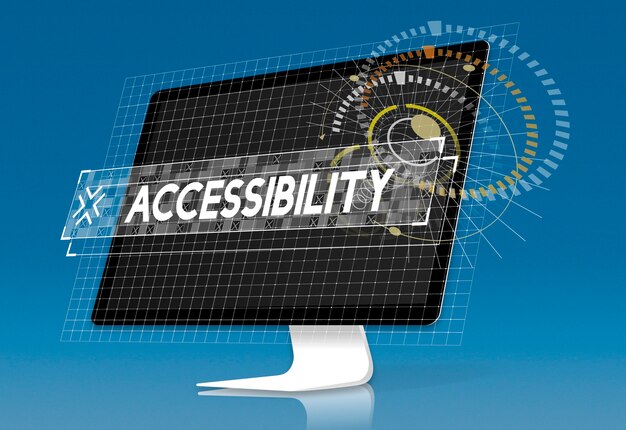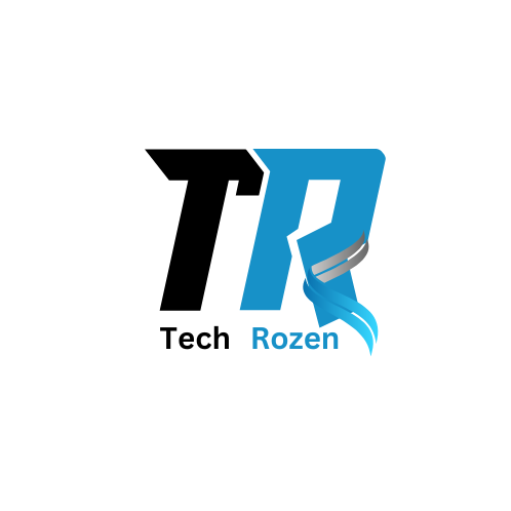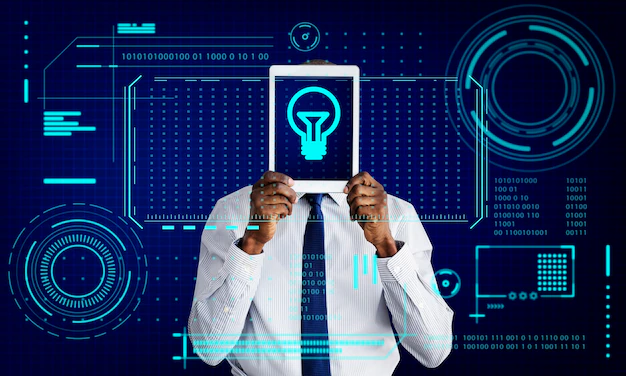Technology is an integral part of modern life, shaping how we interact, work, and solve problems. But what exactly is technology, and why does it matter? In this blog, we’ll break down the definition of technolog, explore its various forms, and discuss its significance in today’s world.
What is Technology?
At its core, technology refers to the application of scientific knowledge for practical purposes. It encompasses tools, systems, and processes designed to solve problems or enhance efficiency. The word “technology” stems from the Greek words techne (art or craft) and logos (word or reason), emphasizing the fusion of creativity and logic in technological advancements.
Key components of technology include:
Tools and Devices: Physical instruments like smartphones, computers, and machinery.
Systems and Processes: Organized methods such as software algorithms, manufacturing techniques, or even communication protocols.
Innovation: The continuous evolution and improvement of existing tools and processes.
Types of Technology
Technology spans across various domains, each tailored to address specific needs. Here are the primary categories:
1. Information Technology (IT)
Information technology focuses on the storage, retrieval, and manipulation of data. It includes:
Hardware: Computers, servers, and networking equipment.
Software: Operating systems, applications, and databases.
Applications: Used in industries like healthcare (electronic medical records), business (enterprise resource planning), and entertainment (streaming platforms).
2. Communication Technology
This involves tools and systems that enable information exchange across distances. Examples include:
Mobile phones and landlines.
Email platforms and social media apps.
Video conferencing tools like Zoom or Microsoft Teams.
3. Medical Technology
Medical technology aims to improve healthcare through innovative tools and procedures. Examples are:
Diagnostic machines like MRIs and CT scanners.
Wearable health devices like fitness trackers.
Advanced surgical equipment and telemedicine services.
4. Industrial and Manufacturing Technology
This includes machines and systems that enhance production. Examples are:
Robotics for automated assembly lines.
3D printing for custom manufacturing.
Smart factories with IoT-enabled devices.
5. Energy Technology
This category focuses on harnessing and managing energy. Examples include:
Renewable energy systems like solar panels and wind turbines.
Smart grids for efficient electricity distribution.
Energy storage solutions like advanced batteries.
The Role of Technology in Everyday Life

Technology touches every aspect of our lives, offering countless benefits:
1. Enhancing Communication
From instant messaging to video calls, technology bridges gaps, allowing people to connect globally in real time.
2. Improving Efficiency
Automation and digitization streamline processes in industries, saving time and reducing errors. For example, AI chatbots handle customer queries efficiently, leaving human agents to focus on complex issues.
3. Driving Innovation
Technology fosters creativity, enabling groundbreaking inventions like electric vehicles, space exploration tools, and virtual reality experiences.
4. Empowering Education
Online learning platforms, e-books, and virtual classrooms make education more accessible and personalized.
5. Revolutionizing Healthcare
Wearable devices track health metrics, while AI-driven diagnostics improve accuracy and speed.
Challenges of Technology
Despite its advantages, technology also presents challenges:
1. Privacy Concerns
With the rise of big data, individuals’ personal information can be misused, leading to ethical dilemmas.
2. Digital Divide
Not everyone has equal access to technology, creating disparities in education, healthcare, and economic opportunities.
3. Job Displacement
Automation and AI may replace certain jobs, requiring a workforce to upskill or shift industries.
4. Environmental Impact
E-waste and energy consumption associated with technology can harm the environment.
The Future of Technology
The future of technology looks promising, driven by trends like:
Artificial Intelligence (AI): Advanced algorithms are transforming fields like medicine, finance, and entertainment.
Quantum Computing: Offering unparalleled computational power, quantum computers can solve problems previously thought impossible.
Sustainable Tech: Innovations in renewable energy, green building materials, and eco-friendly devices aim to reduce the environmental footprint.
Metaverse and Extended Reality: Virtual and augmented realities are shaping how we socialize, work, and play.
Conclusion
Technology is more than just gadgets and machines; it is a driving force that shapes society. While it offers immense benefits, it also comes with responsibilities and challenges. By understanding its scope and impact, we can harness technology to improve lives, solve global problems, and create a sustainable future.
In a rapidly evolving world, staying informed about technological advancements is crucial. Whether you’re a tech enthusiast, a business professional, or someone curious about how technology shapes the world, embracing and understanding it is the key to thriving in the modern era.











